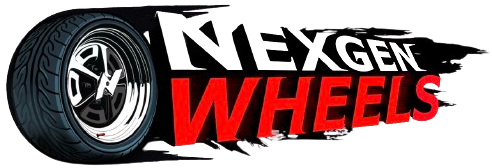Parking accidents are among the most common mishaps drivers face. Whether it’s scraping a nearby vehicle, hitting a pole, or failing to see a small obstacle, these incidents can be frustrating, costly, and sometimes dangerous. Fortunately, modern automotive technology offers a simple yet powerful solution: the backup camera for car.
Once considered a luxury feature, backup cameras have now become a standard addition in many new vehicles. They give drivers a clear, real-time view of the area behind their vehicle, drastically reducing blind spots and making parking safer and easier. Whether you opt for a standard reverse camera for car or invest in a high-end 360 camera for car system, these devices can significantly minimize the risk of parking accidents.
What Is a Backup Camera for Car?
A backup camera for car is a small camera, typically mounted at the rear of a vehicle, that transmits a live video feed to a display inside the car. This display is often integrated into the dashboard infotainment screen or built into the rearview mirror.
The camera activates automatically when the vehicle is put into reverse gear, providing a clear view of the area behind the car. This makes it easier for drivers to detect obstacles, pedestrians, or other vehicles while reversing.
How a Backup Camera Prevents Parking Accidents
1. Eliminates Rear Blind Spots
Traditional rearview mirrors and side mirrors don’t cover everything. The area directly behind your car — especially low objects or small children — can be difficult to see. A reverse camera for car eliminates this blind spot by showing what’s directly behind you in real-time.
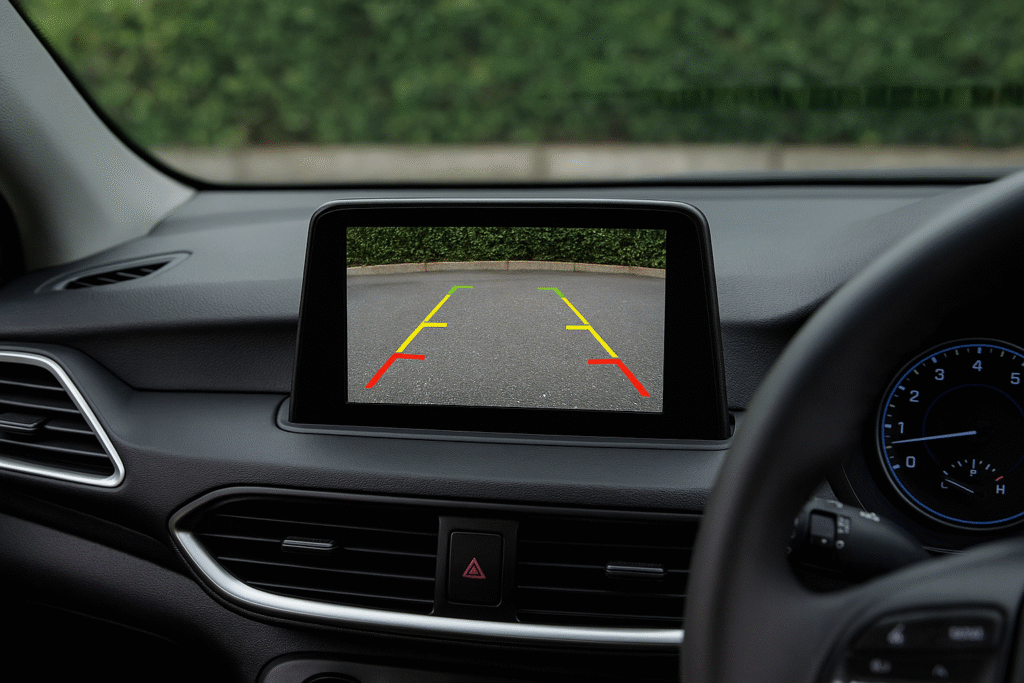
2. Helps Judge Distances Accurately
Many backup cameras include guidelines on the display to help drivers estimate distances. These colored lines (often red, yellow, and green) make it easier to gauge how far you are from an object, reducing the risk of bumping into walls, posts, or other cars.
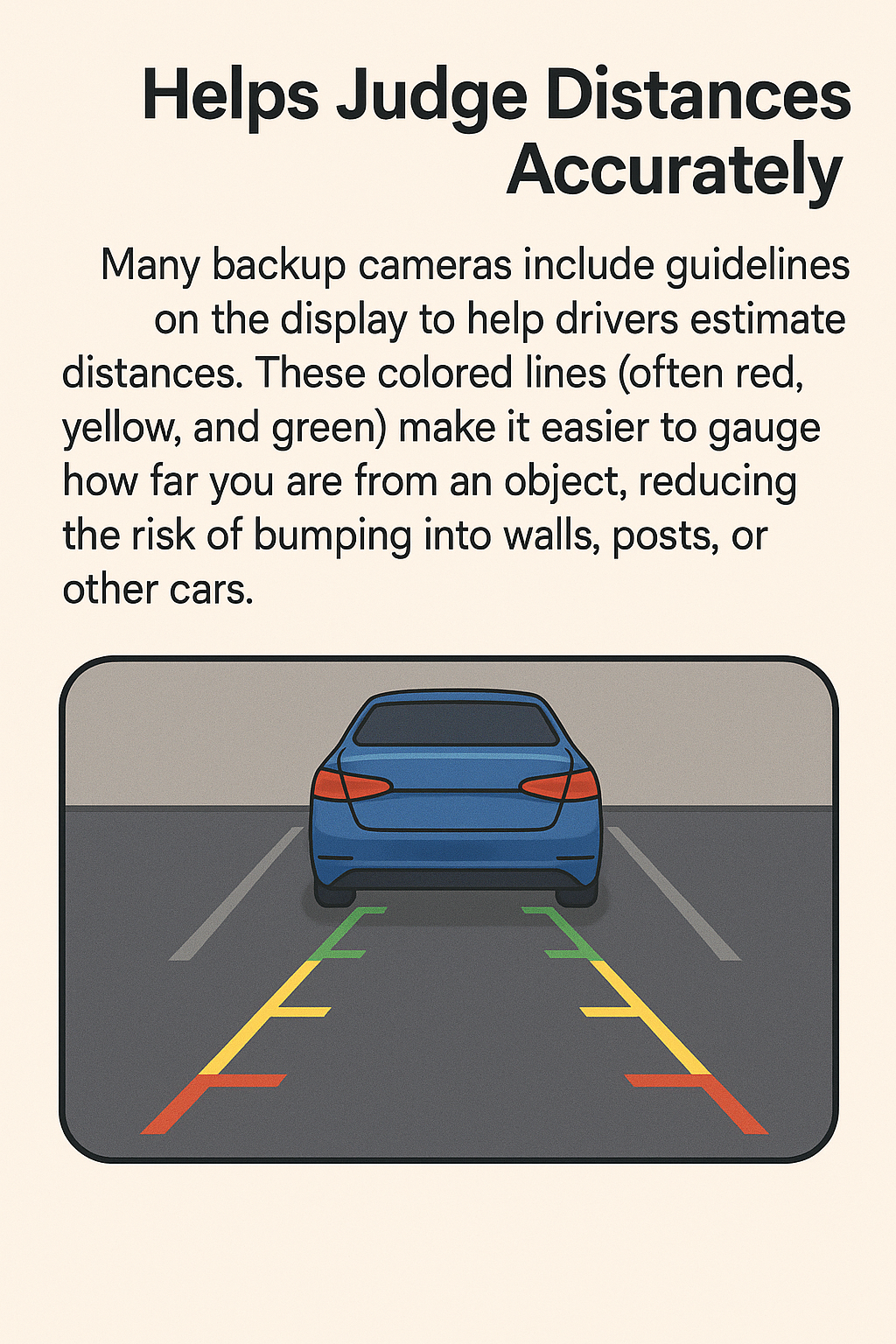
3. Prevents Damage to Your Vehicle
Parking mishaps can lead to expensive repairs — from scratched paint to dented bumpers. A backup camera gives you better control over your movements, helping you avoid contact with obstacles.
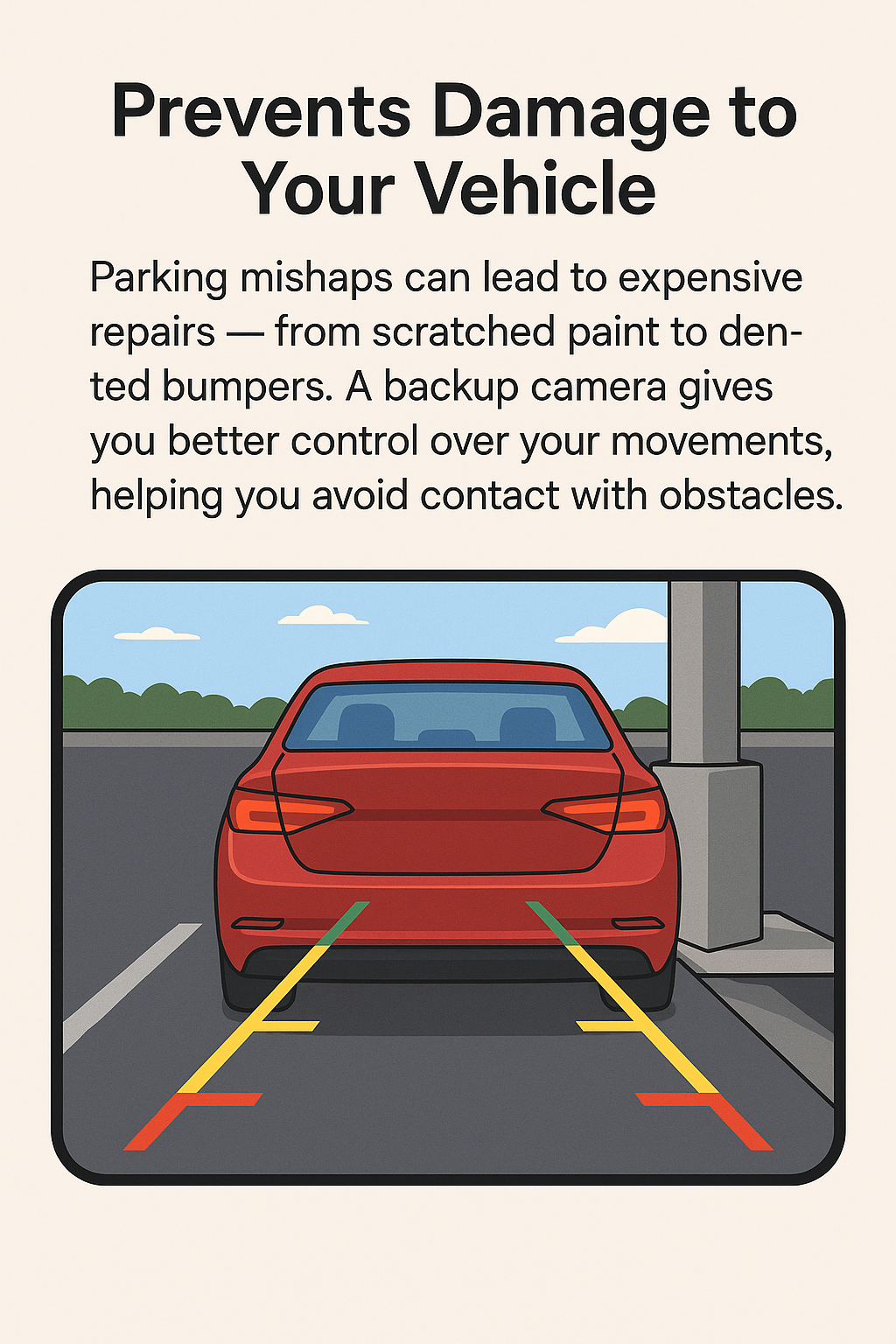
4. Improves Safety for Pedestrians and Cyclists
One of the most dangerous scenarios while reversing is not seeing a pedestrian, cyclist, or child behind your vehicle. Backup cameras alert you visually, and some models even come with sensors that trigger audio warnings.
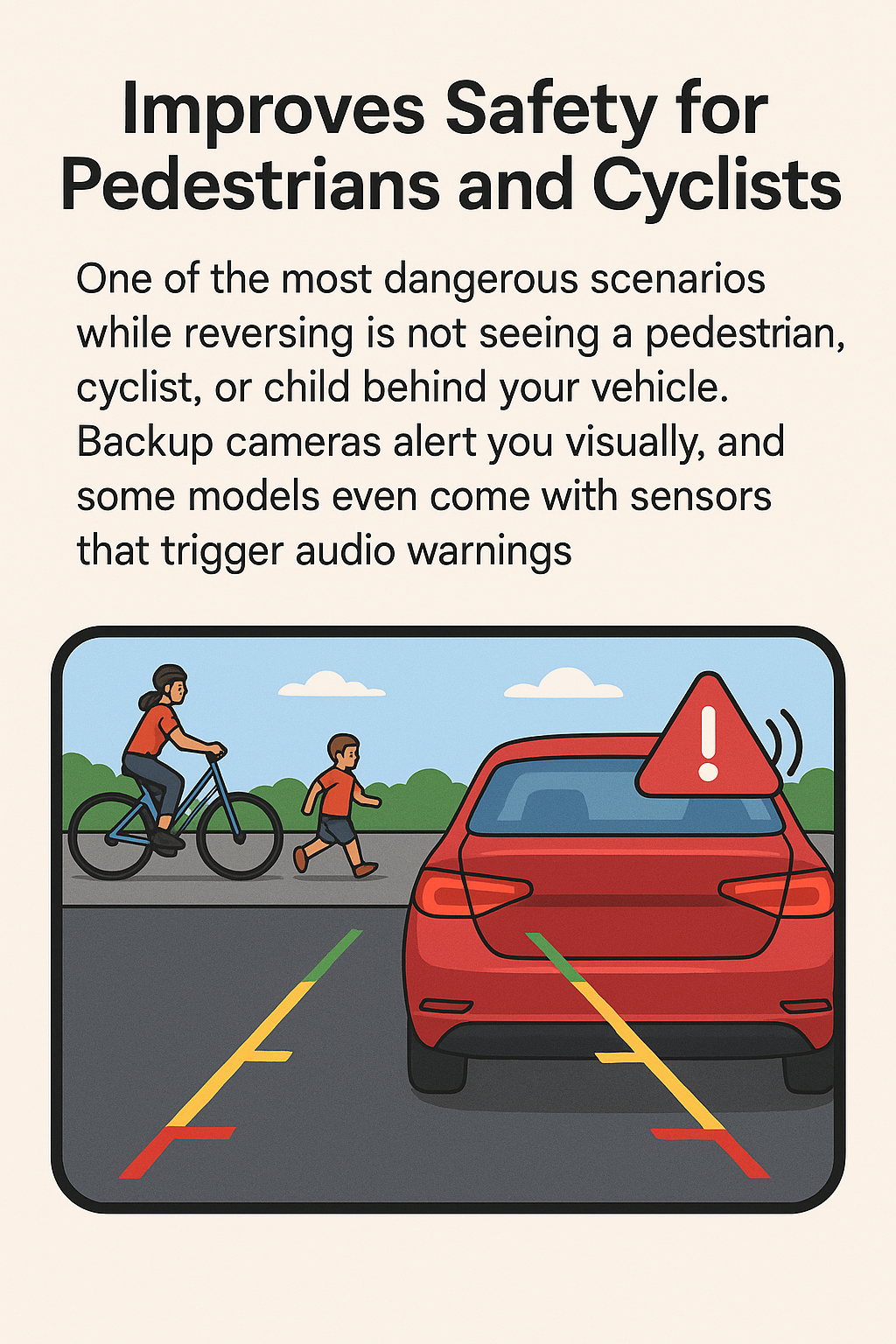
5. Supports Confident Parking in Tight Spaces
Parking in a tight spot can be stressful, especially in busy areas. A backup camera for car helps you reverse into narrow spaces without scraping neighboring vehicles. If you opt for a 360 camera for car, you also get a top-down view, making precision parking even easier.
Reverse Camera vs. Backup Camera vs. 360 Camera
Although the terms are often used interchangeably, there are slight differences:
- Reverse Camera for Car: Specifically designed to help drivers see when reversing. Usually mounted at the rear and activated by reverse gear.
- Backup Camera for Car: A broader term that includes reverse cameras but may also refer to multiple-camera setups for better visibility.
- 360 Camera for Car: Uses multiple cameras placed around the vehicle to create a bird’s-eye view, offering the most comprehensive coverage for parking and maneuvering.
Advanced Features That Enhance Parking Safety
1. Night Vision
Many backup cameras are equipped with infrared or low-light technology, making it possible to see clearly in poorly lit areas or at night.
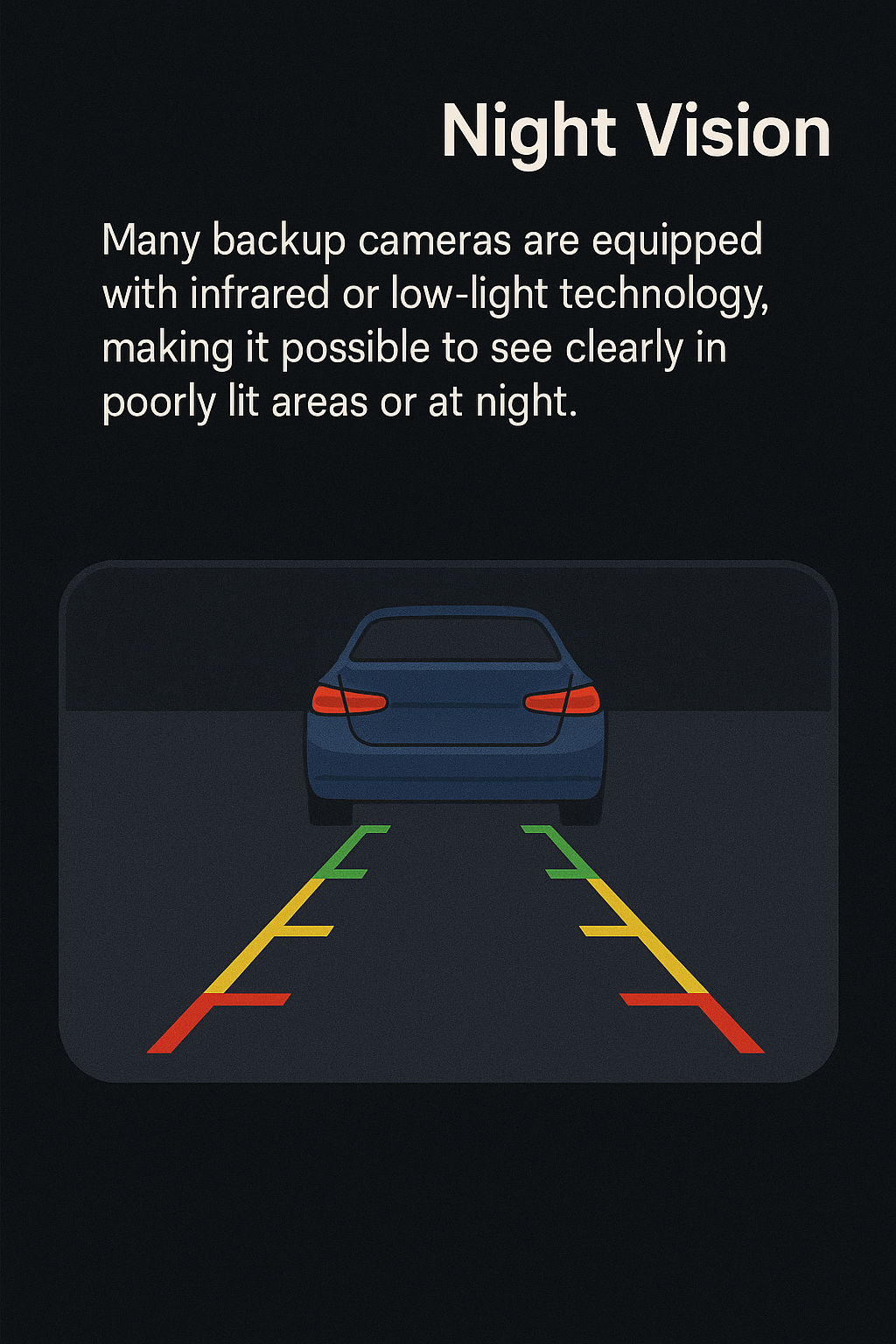
2. Wide-Angle Lens
A wide field of view (typically 120° to 180°) allows drivers to spot approaching cars, cyclists, or pedestrians from either side when reversing.
Real-Life Parking Scenarios Where a Backup Camera Helps
- Parallel Parking on Busy Streets – Easily see the distance between your car and the one behind or in front.
- Backing Out of a Driveway – Spot pedestrians or cyclists before they cross your path.
- Reversing in a Crowded Parking Lot – Avoid hitting shopping carts, poles, or curbs.
- Parking in Dimly Lit Areas – Night vision ensures you don’t miss hidden obstacles.
Installing a Backup Camera for Car
You can get a backup camera pre-installed in a new car or add one to your existing vehicle.
Steps for Installation:
Test the System – Check video quality, guidelines, and angle before finalizing the installation.
Choose the Camera Type – License plate-mounted, bumper-mounted, or integrated into the rear emblem.
Mount the Camera – Ensure it has a clear, unobstructed view of the area behind your car.
Connect the Wiring – For wired cameras, connect the power source to the reverse light so it turns on automatically when reversing.
Install the Display – If your car doesn’t have a built-in screen, you can use a standalone monitor or a rearview mirror display.
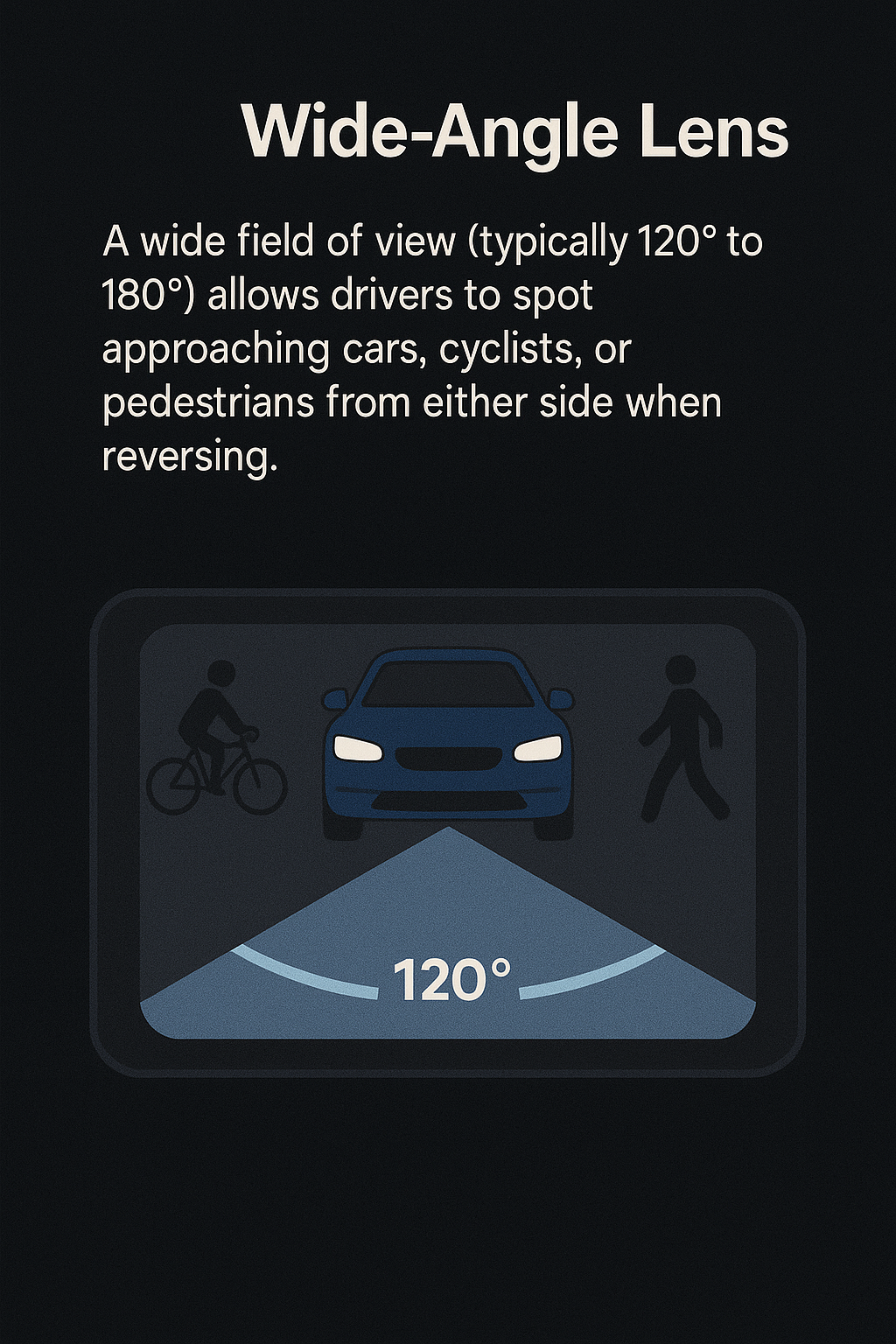
Maintaining Your Backup Camera for Optimal Performance
- Clean the Lens Regularly: Dirt, water spots, and dust can reduce image clarity.
- Check for Damage: Ensure the camera housing and wiring are intact.
- Avoid Harsh Chemicals: Use a microfiber cloth and mild cleaner for the lens.
- Update Software (if applicable): Some high-tech systems offer updates for improved performance.
Why Consider a 360 Camera for Car?
While a backup camera for car is excellent for reversing, a 360 camera for car offers a complete view around your vehicle. This is especially useful when parking in tight or complex spaces, as it eliminates blind spots on all sides. For drivers who frequently navigate busy parking lots or urban areas, the investment in a 360-degree system can offer even greater safety.
Final Thoughts
A backup camera for car is more than just a convenience — it’s a powerful safety tool. From avoiding minor scrapes to preventing serious accidents, it plays a crucial role in helping drivers park confidently and safely. Whether you choose a standard reverse camera for car or upgrade to an advanced 360 camera for car, the benefits in visibility, accident prevention, and peace of mind are well worth it. At NexgenWheels, we emphasize how the right camera system can transform your driving experience. Parking accidents may be common, but with the right technology, they’re also highly preventable. By investing in a quality backup camera system from trusted sources and using it effectively, you can protect your vehicle, safeguard pedestrians, and make every parking experience stress-free.

